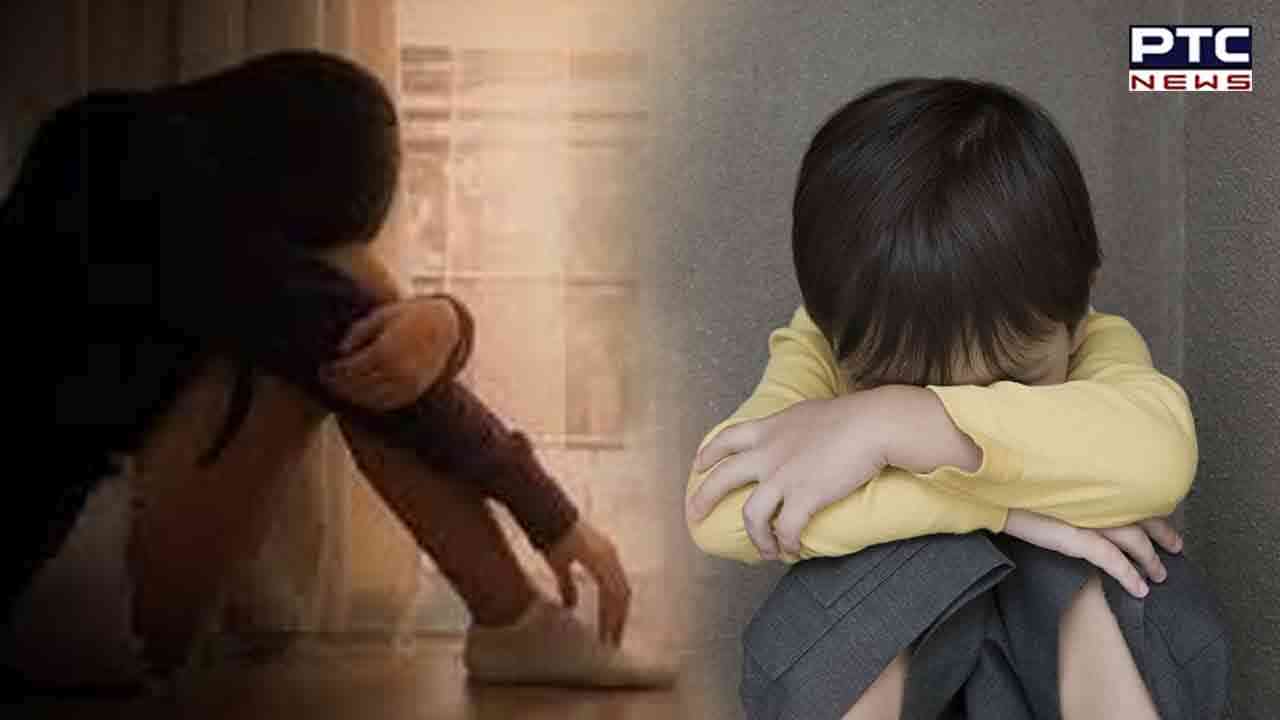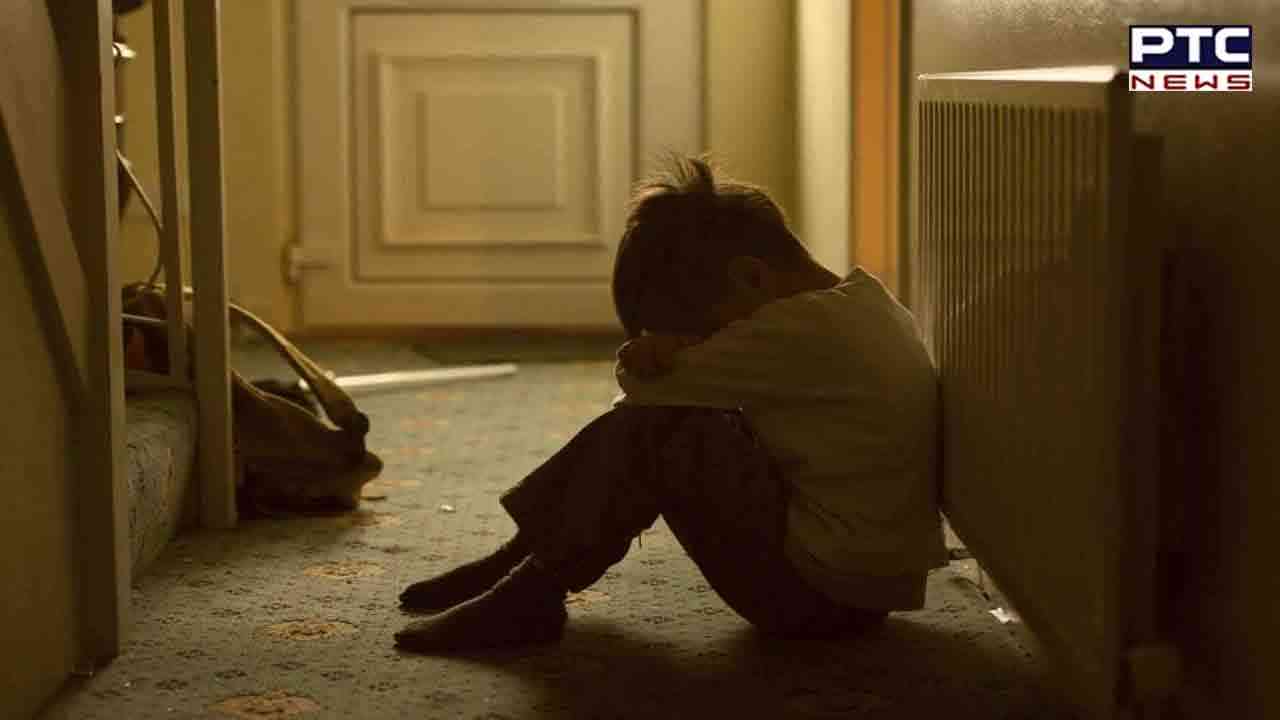

Is your child experiencing trauma?
PTC News Desk: Trauma is a difficult and complex subject to discuss. It can be difficult to identify when a child has experienced trauma, and yet it is an important step in providing the best care and support for the child. Here are some tips on how to spot trauma in children:

1. Look for changes in behavior: Children who have experienced trauma may show changes in their behavior, such as becoming withdrawn, aggressive, or anxious. They may also have difficulty sleeping, have nightmares, and have a lack of interest in activities they used to enjoy.
Also Read: All work, no independent play pose threat to children's mental health
2. Monitor their interactions: Children who have experienced trauma may have difficulty interacting with others, either avoiding social situations or having difficulty controlling their emotions in those situations.
3. Watch for signs of self-injury: Self-injury can be a sign of trauma in children. This can include cutting, burning, or scratching oneself.
4. Look for physical changes: Some physical changes may be a sign of trauma in children, such as changes in weight or appetite, headaches or stomachaches, or chronic fatigue.
5. Ask questions: If you are concerned about a child’s mental health, it is important to ask questions about what is going on. This may be difficult for some children to discuss, but it is important to be patient and understanding and to listen to their answers.
Trauma can be a difficult subject to discuss, but it is important to be aware of the signs in order to provide the best care and support for the child. By looking for changes in behavior, monitoring their interactions, watching for signs of self-injury, looking for physical changes, and asking questions you can help spot trauma in children.
- With inputs from agencies
